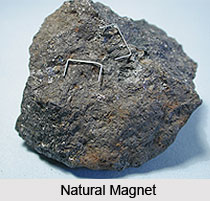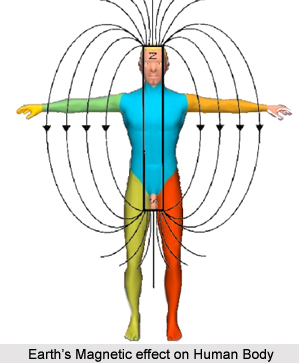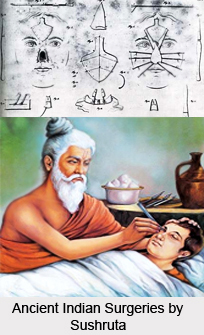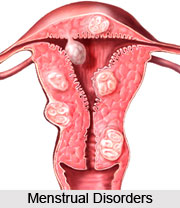Gout is a painful and potentially debilitating form of arthritis and is of different types. There are basically two types of gout that are Primary hyperuricaemia and Secondary hyeruricaemia. In addition to these two types of gouts, there are other four types of gouts according to the medical science. They are asymptomatic gout, acute gouty arthritis, interval gout and chronic tophaceous gout.
Primary hyperuricaemia is the result of high uric acid level in the blood. It is most likely to affect men between the ages of 30 and 65. This type of gout affects men 10 times as often as women. Primary hyperuricaemia occurs in female body after menopause. This is caused by a hereditable kidney abnormality that greatly reduces the natural ability of the body to excrete uric acid leading to an increased level of this waste substance in the blood. Primary hyperuricaemia can be the result of other three causes like an impaired clearance of Uric Acid by the kidneys, which is termed as "underexcreter", an increase in production of uric acid. This is also termed as "overproducer" and a combination of both defects.
The development of tophi is observed in the late stage in Primary Gout. There are Urate crystals in one or more joints and the urinary tract, which often cause kidney stones. The Tophi deforms the joints and cause the disease to become debilitating. This phase is identified at an advanced stage.
Secondary hyeruricaemia is the more common form of gout than the other types of gout. It can be a result of some other medical treatments like chemotherapy. It can also be caused by diuretics (fluid tablets) or high intake of alcohol. Even improper diet can lead to this type of gout. Secondary Gout affects males and females equally. It is more common among the people of 65 or more than 65.
Asympotomatic gout is another type of gout that occurs when there is a high level of uric acid in the blood. However there are no other symptoms for this. Acute gout occurs when pain and inflammation are experienced for 3 to 10 days. Inter-critical gout is the time between attacks of gout when symptoms have subsided. Chronic gout occurs after many years and can cause permanent damage to joints or kidneys.
According to the medical studies people with gout are at an increased risk of having metabolic syndrome. This may direct to a collection of problems, such as abdominal obesity, high blood pressure, and low "good" cholesterol. It has been observed that this syndrome increases the risk of heart disease and diabetes.




















